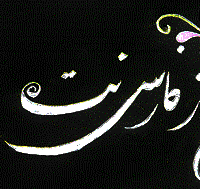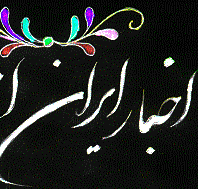
Get Sponsored





| Cannes Fights Censorship With Films(May 19, 1997) | ||
|---|---|---|
|
By CHRISTOPHER BURNS Associated Press Writer CANNES, France (AP) -- The Cannes Film Festival named Wong Kar-Wai of Hong Kong best director for a kind of cinema he fears he may not be able to make in a few months, when China takes back the British colony. Iranian Abbas Kiarostami's film about suicide almost didn't make it to Cannes. It won the Golden Palm on Sunday night. ``Our role is always to defend freedom of expression,'' said festival president, Pierre Viot. ``By presenting films that are not always welcome in their country, we contribute to freedom.'' But even for Cannes, the censorship conflict played a big role this year. China pulled the film ``Keep Cool'' from the festival competition. Directed by Zhang Yimou, it's the story of a bookseller who pines for a liberated, sexy young woman who is going out with a nouveau riche, an implied critical commentary of China in the '90s. Beijing also barred Zhang Yuan from attending the festival, where his film ``East Palace, West Palace'' showed in the festival's Certain Regard selection after being secretly shot in China. The film's title refers to two Beijing restrooms that are gay meeting sites. ``The authorities are massacring their own cinema,'' said Christophe Jung, who co-produced the film. ``It'll get worse with Hong Kong. What's going to happen with Wong Kar-Wai?'' Wong said uncertainty about what will happen after the July 1 handover of Hong Kong to China pushed him to finish up ``Happy Together,'' a story of two homosexual men and their love-hate relationship as a metaphor for Hong Kong and China. ``It's one of the reasons. I'm not sure if it's OK or not OK after the first of July,'' he told The Associated Press while taking a break from round-table interviews to walk on Cannes beach. Wong said the poster used at the festival -- showing the two men lying entwined -- was banned by the British-led government in Hong Kong. He said he was not using homosexuality to challenge the censors. ``It's more than a gay issue. It's a love story between two persons, and it happens to be between two men.'' Asked about ``Happy Together'' as a metaphor for China's reunification, he said it can be taken that way, ``but I won't say it.'' ``People say it's about 1997. I can't answer that,'' he said. ``But it's a wish that people from the two territories can live happy together.'' The 38-year-old director's French New Wave-inspired cinematography (``Chungking Express'' and ``Fallen Angels'') has drawn critical acclaim and become the rage among many young Asian filmmakers. Kiarostami, who filmed the bleak outskirts of Tehran, Iran, for ``The Taste of Cherry,'' was cautious when talking to the Western media about his film after Tehran grudgingly and at the last moment allowed it at Cannes. Despite a film that portrays desperate living and appears to poke fun at the Iranian military, ``my intention was not not to talk about Iranian society,'' he told a beach club luncheon. Kiarostami tells the story of Mr. Badii, who is tired of life and looking to hire someone to bury him alive in a shallow grave. He finds a man willing to help, but who insists on knowing why he wants to commit suicide in a world full of small pleasures. ``You want to deprive yourself of the taste of the cherry? Then do it!'' he defies Badii. The audience never learns whether Mr. Badii follows through. Kiarostami denied he was challenging Iran's religious leadership and the Muslim taboo against discussing suicide. ``All religions condemn suicide,'' he said, adding, ``We as artists are to develop an idea, not to condemn it.''
© Copyright 1997 The Associated Press | ||
|
| ||